Spirit of India
Saint Philomenas Cathedral Mysore
Mother Masala Tours
Stained Glass Magic
Saint Philomenas Cathedral Mysore. Situated in Karnataka, a testament to the region's heritage and the devotion of its people. The name "Philomena" is derived from ancient Greek - "lover of strength," which reflects the strength and resilience embodied in the story of the saint herself. Construction began in 1933 under the reign of Maharaja Nalvadi Krishnaraja Wodeyar IV, with its completion celebrated in 1941. The church's foundation is tied to the Wodeyar Dynasty, beginning a legacy that intertwined Hindu traditions with Christian influence over the centuries. Each ruler contributed to shaping the cultural landscape, with notable battles including the Anglo-Mysore Wars fought against the legendary ruler Tipu Sultan, enhancing the significance of this sacred site nestled among diverse faiths.
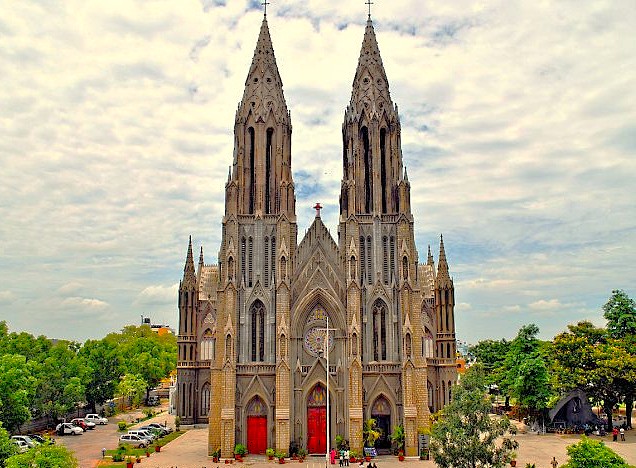
Saint Philomenas Cathedral Mysore: Sacred Spaces
Within this space, we encounter a collection of artifacts that resonate with deep historical significance. The relic of Saint Philomena, believed to be a powerful intercessor, is housed prominently, drawing the faithful and curious alike. Surrounding this relic are ornate altars adorned with candles, intricate carvings, and symbolism that speak to the virtues of devotion and sacrifice.
Ancient Mosaics: Impeccable Craftsmanship
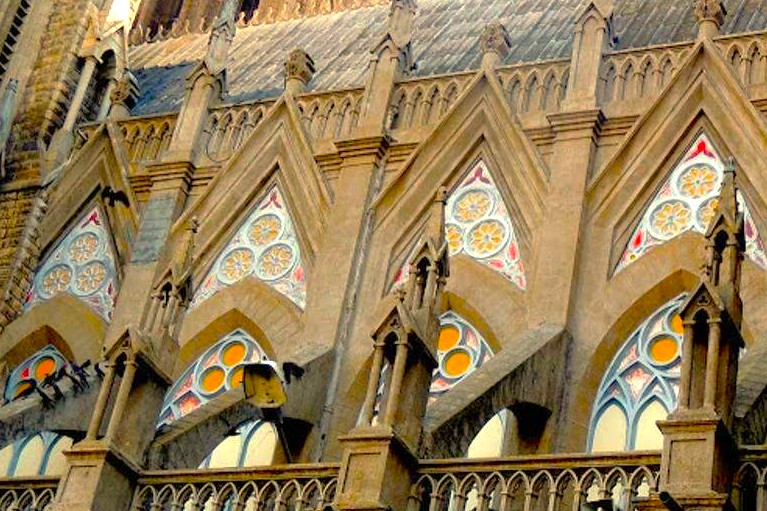
The craftsmanship on display is truly extraordinary, revealing the profound skills of artisans who dedicated years of effort to create a lasting, spiritual homage to Saint Philomena. The building’s architectural design intricately fuses majestic Gothic and Neo-Gothic styles, a blend that perfectly reflects the prevailing aesthetic influences of its time. This artistic endeavor was guided by the vision of key figures, including the architects and patrons whose commitment saw the church's construction through from 1933 to 1941.
The Pulse of the Local Community
Locals maintain a reverence for this icon, demonstrating their connection through consistent collective action rather than effusive displays. Village elders gather weekly to oversee maintenance schedules, while farming families rotate responsibility for providing fresh flowers and ritual items. During festivals, the community mobilizes with practiced efficiency - men erecting temporary pavilions as women prepare traditional offerings in communal cooking areas.
Capturing the Magic: A Photographic Haven
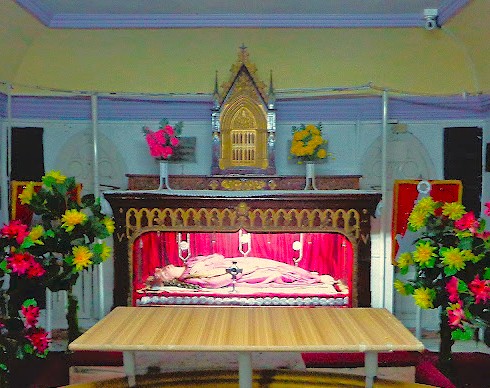
Welcoming visitors with its stunning Gothic architecture and truly peaceful atmosphere, this beautiful landmark in Karnataka, India, has been a revered beacon of faith and an architectural marvel since 1936. Its neo-Gothic design, which was meticulously inspired by European cathedrals, features impressive twin spires that soar 175 feet toward the sky. Inside, colorful stained glass windows depicting rich biblical scenes cast a magical, ethereal light throughout the vast interior. Built to honor Saint Philomena and housing a cherished relic of the saint within its underground catacomb, it stands as one of the largest churches in the country, attracting pilgrims and tourists of all faiths.
Festivals of Devotion: Honoring the Sacred and the Divine
Saint Philomenas Cathedral Mysore. The lively celebration of the Feast of St. Philomena is a highlight each August, drawing individuals devoted to the saint. The festivities are characterized by processions filled with local traditions, including offerings, prayers, and community gatherings. Church leaders, such as Bishop Rene Feuga, play essential roles in these events, guiding the community’s spiritual practices. You’ll witness the spirit of devotion shining brightly as locals participate enthusiastically, further solidifying the bond between the community and their faith.
Mythological Associations
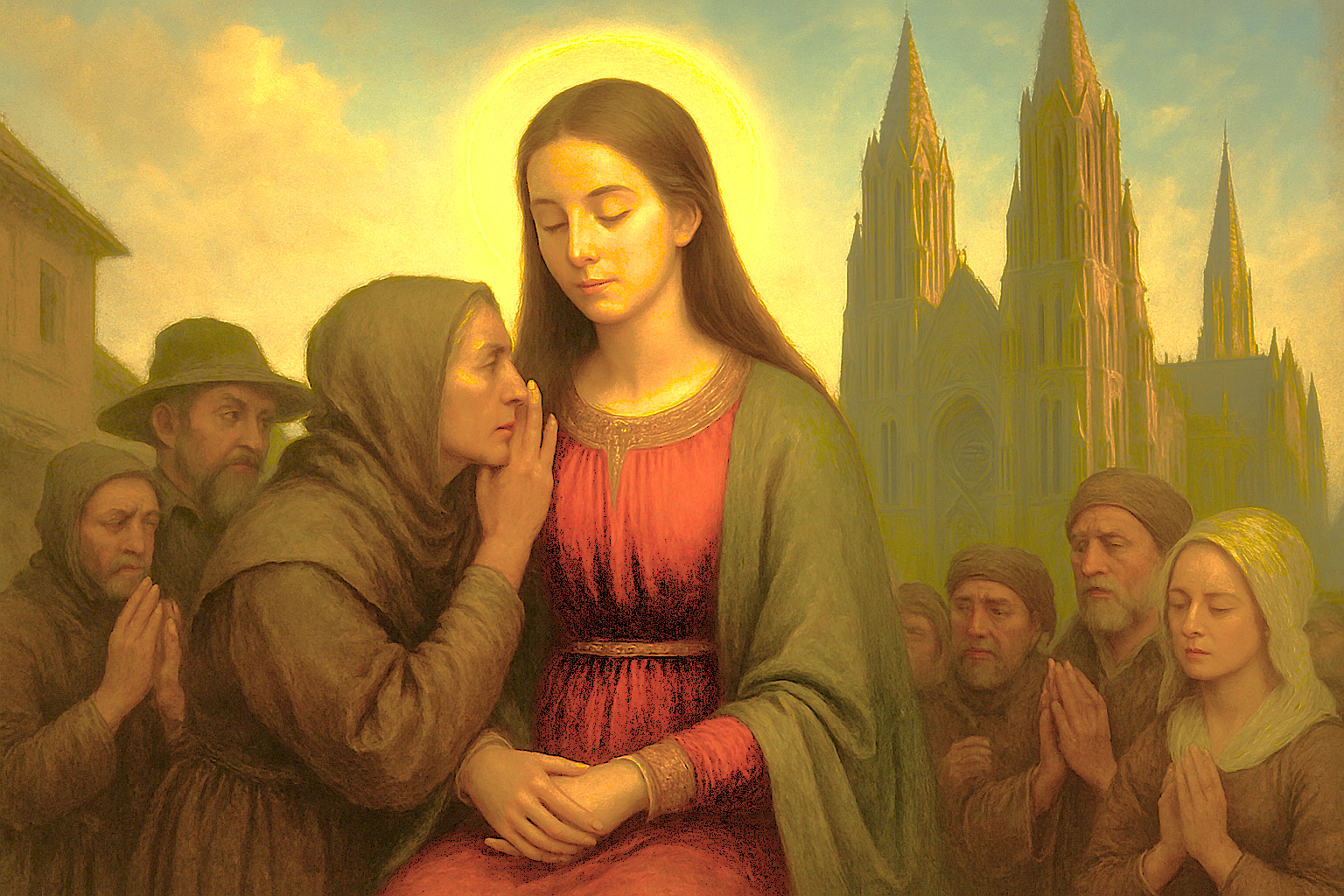
inspiring many local devotees who believe in her miraculous intercession. Ancient texts and sacred accounts delve into her story, highlighting an unwavering commitment to God that continues to inspire followers to seek her guidance in times of need. As centuries passed, stories of her devotion reached Mysore, where her spirit now feels tangibly present, dwelling within the magnificent marble and vibrant stained glass of her cathedral. Pilgrims pray into the silence, hearts full of hope and carrying personal tales of sudden healings, profound comfort, and answered pleas.
Ancient Technologies: Sacred Sound, Geometry & Astrological Influences
Saint Philomena’s Church Mysore. A masterpiece that beautifully combines sound frequency principles, sacred geometry, and spiritual energy. The thoughtful design enhances resonant acoustics, giving the space a mystical atmosphere ideal for prayer and reflection. Solfeggio frequencies like 528 Hz, used in its alignment, are believed to inspire healing and transformation, adding more meaning to our experiences.
Resilience and Renewal: Overcoming Adversity’s Challenges
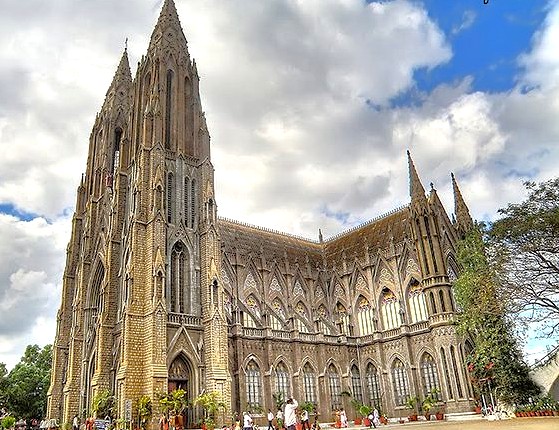
The Church stands as a monumental symbol of resilience and renewal, a testament to unwavering faith. In 1957, devastating floods, a natural disaster that left destruction in its wake, severely damaged its framework, compromising its very foundations and threatening its remarkable legacy. Yet, in the face of this adversity, the community’s collective spirit shone brightly. They rallied with inspiring determination to restore this cherished sacred space. These dedicated local efforts not only rebuilt the physical structure but also reaffirmed and fortified the deep cultural and spiritual connection the community shares with the church.
Urban Legends: Strange Sightings, Myths and Mysteries
While celebrated for its spiritual depth, is also wrapped in mysterious urban legends. Locals recount tales of ghostly apparitions wandering the premises, believed to be the spirits of past worshippers who remain devoted to this hallowed ground. In addition to these spine-tingling accounts, some speak of strange occurrences, like lights flickering spontaneously or unusual sounds echoing through its grand halls late at night. These legends stir the imagination, blending the spiritual and supernatural to create an atmosphere of intrigue.
Step into the Enigma - Your Journey Starts Now
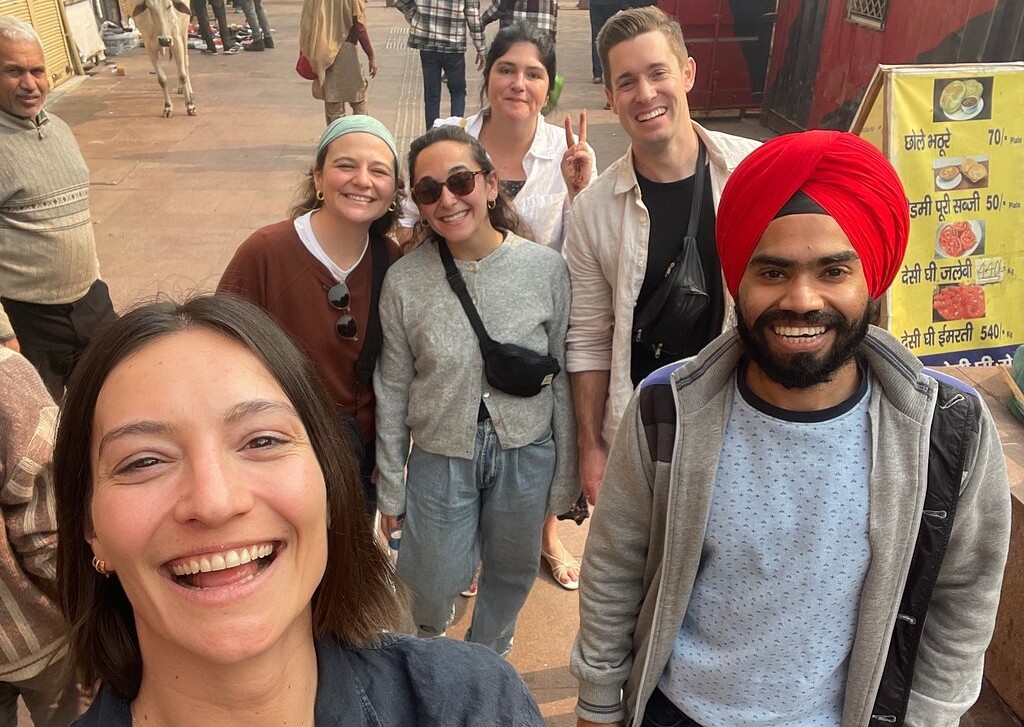
Prepare to be utterly entranced by the magnificent twin spires, soaring majestically as if reaching for the sky itself. Inside, we’ll truly enjoy the stunning, ethereal play of beautiful sunlight as it streams through the intricate and colorful stained glass windows, casting a kaleidoscope of light upon the hallowed halls. Our journey continues as we celebrate and immerse ourselves in the vibrant local culture that thrives around this landmark. This historic church is far more than just a tourist site; it’s a heartfelt invitation to immerse ourselves in a living world where history is felt and the past and present seamlessly connect.
Symphony of Generosity: Offerings from Wanderers to Residents
Saint Philomenas Cathedral Mysore. Come along with us and be a part of the beautiful and unique relationship that blossoms between visitors and the local residents, fostering truly rich and meaningful exchanges. When you visit, you become more than just a tourist; you become a friend. The steady influx of new people directly supports the local economy, helping small businesses thrive while also nurturing vibrant cultural exchanges that deepen mutual respect and understanding on both sides. This active and heartfelt engagement between residents and their guests always results in a beneficial sharing of stories, traditions, and life experiences.